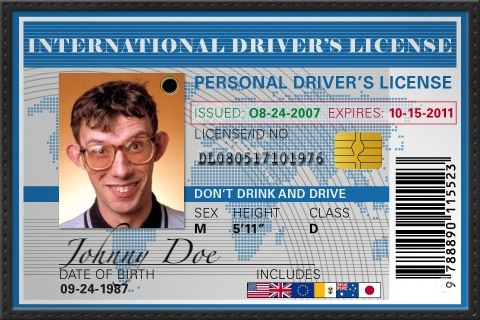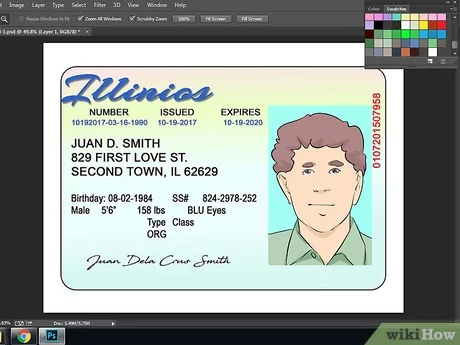Fake Id Photo App
2024-04-13 2024-04-13 8:37Fake Id Photo App

Fake Id Photo App
Creating a Fake ID Photo App: A Closer Look at the Technology Behind It
In today’s digital age, more and more people are turning to technology to make their lives easier and more convenient. From ordering food online to booking a ride through a mobile app, the possibilities are endless. One area where technology has seen a significant impact is in the realm of fake identification. With the rise of fake ID photo apps, individuals can now create realistic-looking IDs in a matter of minutes. But how exactly do these apps work, and what are the implications of their use?
Fake ID photo apps are designed to mimic the features of a legitimate identification card, such as a driver’s license or passport. These apps typically allow users to upload a photo of themselves, input their personal information, and choose the desired format for their ID. The app then uses a series of algorithms to digitally alter the photo and information to create a realistic-looking ID. Some apps even offer additional features, such as holographic overlays and barcode scanning capabilities, to enhance the authenticity of the ID.
One of the key concerns surrounding fake ID photo apps is the potential for misuse. While some individuals may use these apps for harmless purposes, such as creating novelty IDs for fun, others may use them to engage in illegal activities, such as underage drinking or identity theft. Law enforcement agencies and businesses that rely on identification verification, such as bars and banks, are increasingly on the lookout for fake IDs created using these apps.
Despite these concerns, the technology behind fake ID photo apps is constantly evolving. Developers are continuously finding new ways to improve the realism and security features of these apps, making it even more challenging to detect fraudulent IDs. Some apps now offer advanced facial recognition technology and machine learning algorithms to ensure that the photo matches the individual’s identity. Additionally, the use of encrypted data and secure servers helps protect users’ personal information from potential hackers.
In response to the growing threat of fake IDs created using these apps, some states have enacted stricter laws and regulations to combat their use. For example, in Florida, it is a felony offense to possess or sell a fake ID, with penalties ranging from fines to prison time. Likewise, many businesses have implemented stringent ID verification protocols to verify the authenticity of customers’ IDs, such as scanning the barcode or holographic overlay.
While the technology behind fake ID photo apps continues to advance, it is important for users to exercise caution and use these apps responsibly. Not only can the use of fake IDs have legal consequences, but it can also put individuals at risk of identity theft and other cybercrimes. By being aware of the potential risks and consequences of using fake ID photo apps, individuals can make informed decisions about whether or not to use them.
In conclusion, fake ID photo apps are a testament to the power of technology to create realistic-looking identification cards. However, the implications of their use go beyond mere convenience, as they can have serious legal and security ramifications. As technology continues to evolve, it is crucial for individuals to stay informed about the risks associated with using fake IDs and to use these apps responsibly. Ultimately, the decision to use a fake ID photo app lies in the hands of the individual, but it is essential to consider the potential consequences before doing so.












